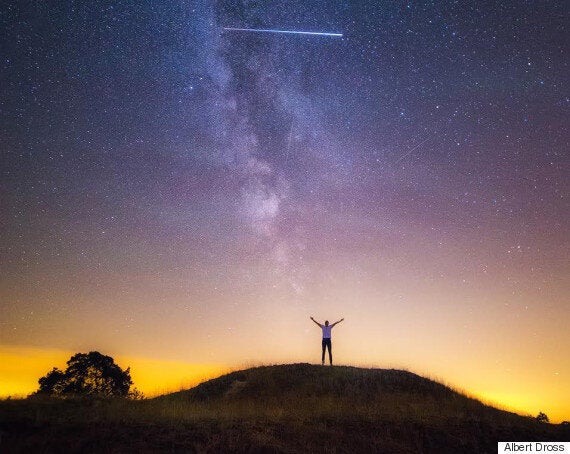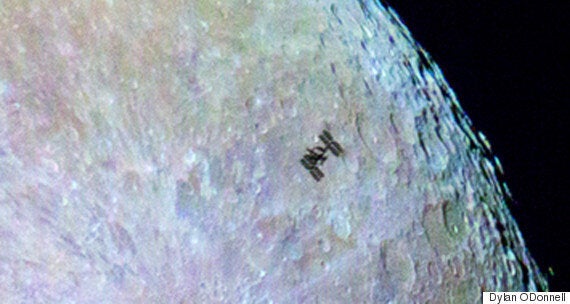The Perseids meteor shower will light up Britain's skies this year with a display that could prove to be one of the brightest and most impressive seen in recent years.

Taking place between late-July and early-August, the meteor shower is one of the easiest to watch thanks to its predictability and the abundance of 'shooting stars' that it produces.
2015 is set to be especially impressive however thanks to the position of the Moon being at its darkest point - resulting in one less distraction to drown out the shower itself.
Perseids Meteor Shower 2015 Peak Viewing Time
Professor Mark Bailey, director of Armagh Observatory in Northern Ireland says the best time to watch the Perseids in the UK will be the evening of Wednesday 12 August.

There will reportedly be a burst of activity at around 7.40PM BST however as we're in the peak of Summer it's unlikely that it'll be dark enough for us to see this.
Don't panic though, Professor Bailey goes on to say, "it is just possible that enhanced rates may persist for a few hours around this time and so be observable soon after dark."
Perseids Meteor Shower 2015 Where To Watch
People living in the Midlands and the North will have the best view of the annual Perseid meteor shower which peaks this week, according to the latest predictions by the Met Office.
Cloud cover across southern England and Scotland throughout the week means lucky star-gazers in the northern countryside are expected to have the best views of the shower.
Robin Scagell, vice-president of the Society for Popular Astronomy advises: "Its best to watch them from the countryside but even in town, these meteors are bright enough for a few to be visible."
"The moon is out of the way which makes a lot of difference because the sky will be much darker all night. For every bright shooting star you see, there are always fainter ones, and this will make it easier to see the fainter meteors and ring up the numbers."
SEE ALSO:
- Meteor Strike Over Texas Creates Green Ball Of Fire, Ground Shakes
- Meteor Explodes Over Devon: Video And Pictures Of The 'Biggest UK Strike Ever'
- Meteor Strikes Nicaragua As Giant Asteroid Misses Earth
- Skydiver Almost Hit By Meteorite: Unbelievable Video Of Norwegian Anders Helstrup's Near Miss
- Moon Explosion: Massive Meteor Crashes Into The Moon As Nasa Watches
If you don't catch the Perseids don't panic as there could be a surprise appearance from a special guest courtesy of NASA.

The International Space Station will be making a special appearance later that evening and should be visible to the naked eye.
"It will move from the west below the bright star Arcturus and then move towards the south, fading out as it passes into the Earth's shadow at 10.32pm," says Mr Scagell.
Perseids Meteor Shower 2015 Livestream
If you completely miss the show tonight then NASA has come to the rescue. It'll be live streaming its own view of the Perseids in the US from 03.00AM BST on Friday onwards along with expert analysis and hopefully some stunning views of the meteor shower from its headquarters in Houston, Texas.
What Is The Perseids Meteor Shower?
The shower is an astronomical event that's created by the Swift-Tuttle comet, a massive 27km body of ice that hurtles through our solar system every 130 years.
As the comet passes closer to the Sun the heat starts to break it down causing huge lumps of ice to break away.
Travelling at up to 36km per second these lumps of ice then hit the Earth's atmosphere and burn up causing the 'shooting stars' that we know and love.